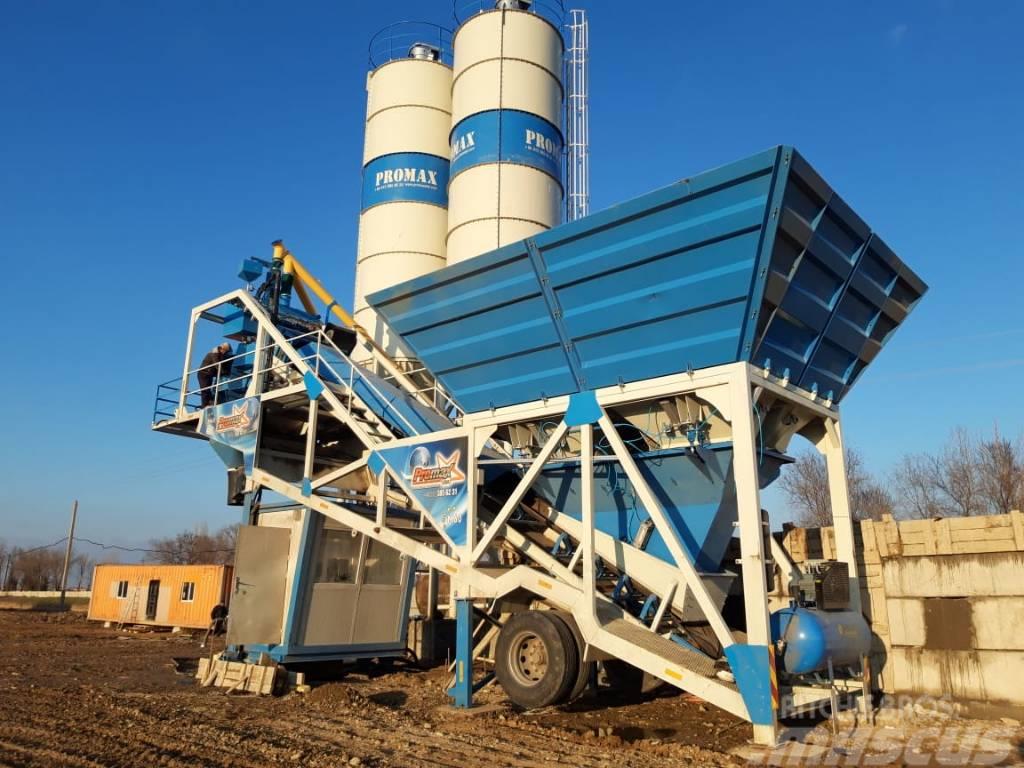Revolutionizing Subsurface Exploration: The Power of Ground Penetrating Radar and Utility Locating
Unveiling the hidden layers beneath the surface is no longer a daunting task, thanks to advanced technologies such as Ground Penetrating Radar (GPR). Whether it’s for construction projects, archaeological digs, or utility mapping, professionals turn to various methods like GPR and Utility Locating to ensure precision and safety.
Understanding Ground Penetrating Radar (GPR)
Ground Penetrating Radar is a non-invasive and highly effective technique used to scan the subsurface. This method employs radar pulses to image the ground, making it invaluable for various applications including Concrete Scanning and Rebar locating.
Applications of GPR
- Concrete Scanning: Identify the location of embedded objects like rebar, post-tension cables, and voids.
- Utility Locating: Detect underground utilities such as water pipes, electrical lines, and gas pipelines.
- Environmental Studies: Locate buried tanks, drums, and other contaminants.
- Archaeology: Unearth historical artifacts without disturbing the soil.
The Importance of Utility Locating
Read more about Electrical locating here.
Utility Locating is crucial to avoid damaging existing underground services that could lead to expensive repairs or hazardous situations. Techniques like Concrete X-ray and Electrical locating provide precise information about subsurface utilities.
Methods for Utility Locating
- GPR: Offers a detailed and comprehensive view of underground structures.
- Concrete X-ray: Primarily used to inspect concrete for embedded objects but requires safety measures due to radiation.
- Electromagnetic Induction: Often used in conjunction with GPR for a more accurate and complete picture.
- Electrical locating: Pinpoints the location of electrical cables to prevent them from being accidentally cut or damaged.
FAQs on GPR and Utility Locating
What is Ground Penetrating Radar (GPR)?
GPR is a technique that uses radar pulses to create images of the subsurface. It’s commonly used for Utility Locating, Concrete Scanning, and geological surveys.
How accurate is GPR in detecting underground utilities?
While highly accurate, the effectiveness of GPR can depend on soil conditions, depth, and the type of materials being scanned. It is typically combined with other methods for optimal results.
What are the advantages of using Concrete X-ray over GPR?
Concrete X-ray can provide a more detailed image of the internal structure of concrete but involves radiation and is thus used under stringent safety protocols. GPR is safer and faster but might not offer as much detail in certain conditions.
Can GPR locate both metallic and non-metallic objects?
Yes, GPR is capable of detecting both types of materials, making it a versatile tool for various applications, including Rebar locating and Electrical locating.
How deep can GPR penetrate?
The depth penetration of GPR varies depending on the frequency of the radar waves and the material being scanned. It can generally reach depths of up to 100 feet in ideal conditions.
Conclusion
Technologies like Ground Penetrating Radar, Utility Locating, and Concrete Scanning have significantly enhanced the accuracy and safety of subsurface exploration. These advanced methods ensure that we can build, excavate, and survey with greater confidence and fewer risks.


Leave a Reply